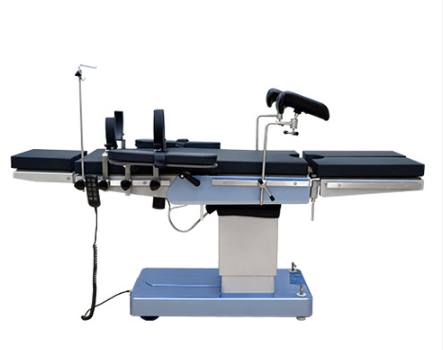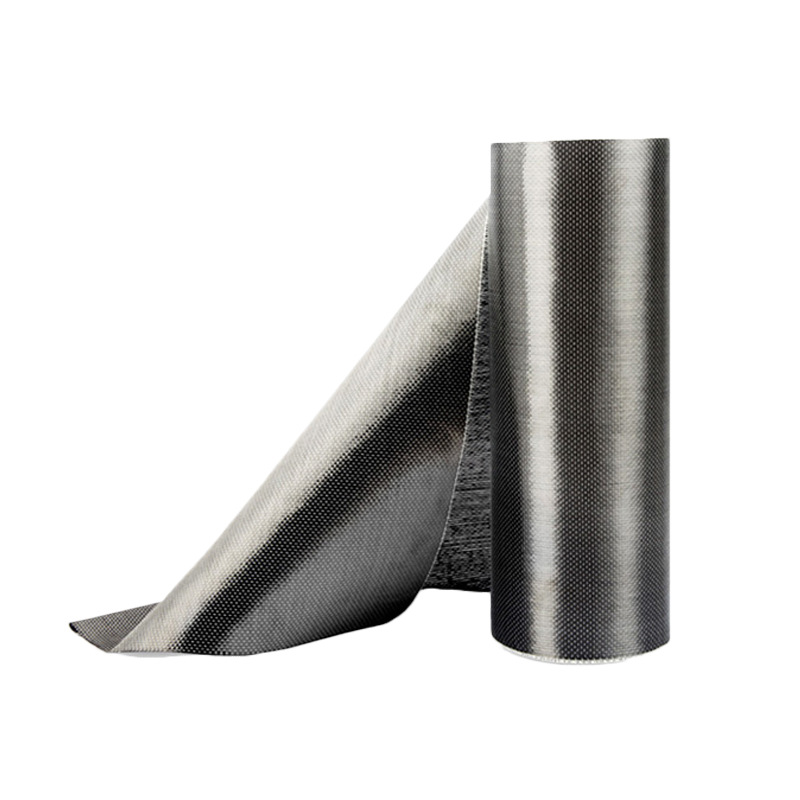Comparison Between Carbon Fiber and Aluminum
- Sep-04-2025
- (89) Views
1.Performance
Weight: Carbon fiber composites have a density of approximately 1.6 g/cm³,
making them significantly lighter than aluminum (approximately 2.7 g/cm³), by approximately 40-50%.
Strength: Carbon fiber can achieve a tensile strength of 7,000 MPa, while aluminum alloys typically range from 90 to 700 MPa.
For example, 7075 aluminum alloy has a tensile strength of approximately 572 MPa.
Stiffness: The elastic modulus of carbon fiber ranges from 200 to 700 GPa, compared to 69 to 79 GPa for aluminum alloys.
This means carbon fiber offers superior stiffness and reduced bending in high-performance applications.
Heat resistance: Aluminum has a thermal conductivity of approximately 205 W/m·K, making it better at dissipating heat than general-purpose carbon fiber (5-10 W/m·K).
However, carbon fiber can withstand higher temperatures without degrading, while aluminum melts at approximately 660°C.
Corrosion resistance: Carbon fiber itself is highly resistant to corrosion, but the resin matrix used can degrade if not protected.
Aluminum forms a protective oxide layer that provides good corrosion resistance, but may still corrode in acidic or alkaline environments.
2.Cost
Cost Comparison: Carbon fiber is expensive due to its superior performance, with commercial-grade carbon fiber ranging from $30 to $85 per kilogram, and aerospace-grade carbon fiber costing between $85 and $90.
In comparison, aluminum is more economical, costing just over $2 per kilogram.
Manufacturing Ease: The carbon fiber production process is complex and time-consuming, involving multiple steps such as precursor production, oxidation, and carbonization.
Aluminum is simpler to manufacture, using highly automated and efficient processes such as casting, extrusion, and rolling.
3.Application
Aerospace: Carbon fiber benefits aircraft components such as fuselages, wings, and tailplanes due to its lightweight properties. Its excellent strength-to-weight ratio and corrosion resistance make it indispensable in the aerospace industry.
Automotive: High-performance vehicles, including race cars and luxury sports cars, use carbon fiber to reduce weight and improve acceleration, braking, and fuel efficiency. Aluminum is widely used in the automotive sector for engine blocks, wheels, chassis components, and body panels.
Bicycles and Sports Equipment: Carbon fiber is a popular choice for high-end bicycles, golf clubs, tennis rackets, and other sports equipment. Its light weight and high strength-to-weight ratio provide significant performance advantages for athletes. Aluminum is also used in the manufacture of bicycles and various sports equipment, particularly in mid-range products where cost is a factor.
Medical and Manufacturing: Carbon fiber is used in the medical field to create lightweight, strong devices such as prosthetics, wheelchairs, and surgical instruments. Aluminum is also prevalent in medical and manufacturing applications, where its lightweight and corrosion-resistant properties make it suitable for medical devices.
Consumer Electronics: Aluminum is a popular choice for housings and heat sinks in consumer electronics. Its excellent thermal conductivity helps dissipate heat generated by electronic components, ensuring device longevity and performance.
 English
English





